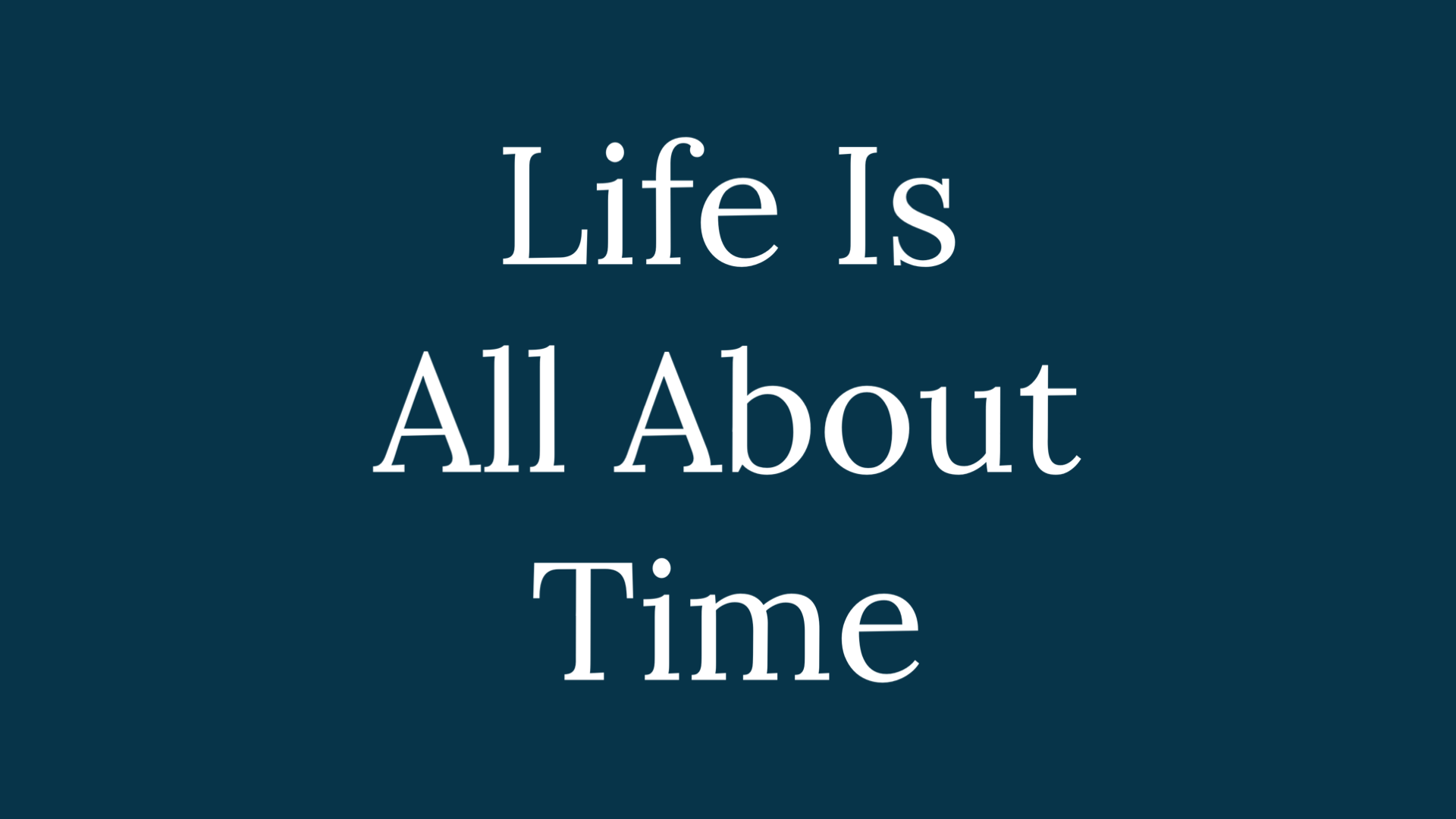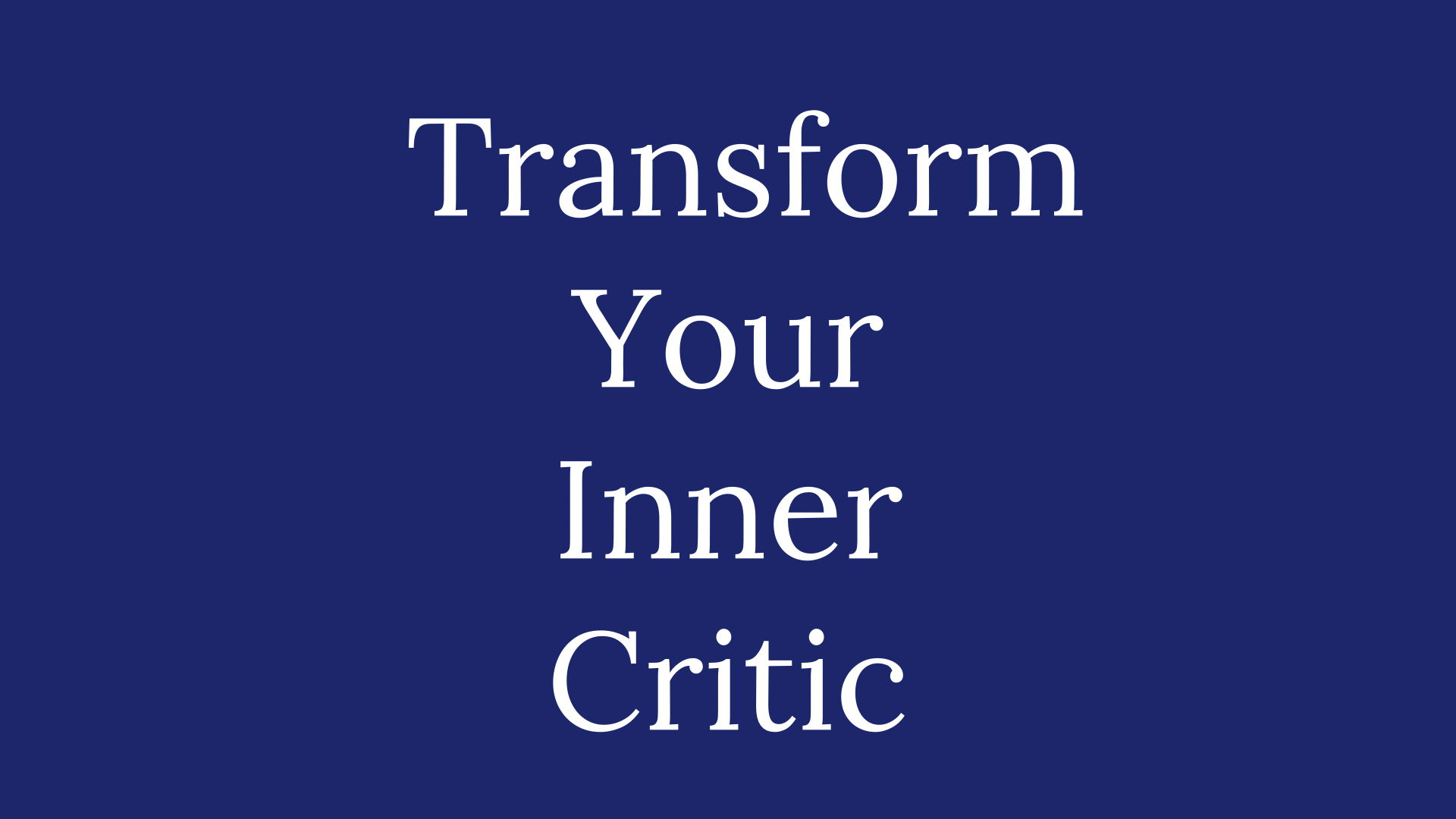Kincentricity and Separation

One of the first things I noticed with certainty about the society that I was working in when I began teaching meditation in 2013 was what I call social fragmentation. Many of the people I met through meditation had their stress and burnout triggered by some form of communal disintegration.
They may have lost a family member, their children might have moved away, their friends may have relocated, and their family may have disintegrated, moving away one by one. Based on the research that I've done over the years,
I'm confident that this social fragmentation is the single biggest factor in the stress, worry, and anxiety that dogs people's lives.
The Power of Community and Connection
Of course, there are day-to-day worries, but with a sense of solidarity in a close community, our inner fears can be overcome. And through having a sense of being part of something greater than ourselves, we can find a level of fortitude and resilience that enables us to navigate these natural lifetime adversities and to find a fulfilling life. Over the years, I've learned, through my own personal progress, that one of the gifts of meditation is the gift of connection.
The Realisation of Interconnectedness
This connection is the realisation that we're not separate, that we are part of a whole that's greater than ourselves, and that we are all related to one another and all other living beings. This understanding arises through the dismantling of the barriers that our culture creates, through its education and its common cultural narrative, which often makes us feel alone and separate.
The Concept of Kincentricity
Kincentricity is that realisation in a single word. It isn't an intellectual understanding, it's the personal, deeply held belief that all life on planet Earth is not just interconnected, but is essentially one life.
The Interconnectedness of All Life
The very air we breathe contains oxygen because of the living creatures that have oxygenated the planet for two billion years. And the carbon dioxide we exhale is a constant gift to everything green, enabling it to thrive and flourish because that's essential to its ability to create energy.
Understanding Our Genomic Kinship
And then of course, the DNA that makes humanity different is also incredibly similar to the DNA of our closest relatives. One striking fact I learned quite early on is that human beings and chimpanzees share 98% of their DNA and that we're genetically closer than Indian and African elephants.
The Impact of Separation
And yet, we have hunted our closest relatives nearly to extinction and encroached on their habitats. This, I am confident, stemmed from the belief in separation. Our ancestors coexisted with nature and in kinship with it, but we parasite from it. Left to proliferate, every parasite eventually destroys its host. And unfortunately, humanity also parasitizes itself.
A Call to Kin-Centric Perspective
From a kin-centric perspective, the only logical conclusion is that some members of our family are misguided. When a family member is misguided, what we do is help them find their way so that they can rejoin the family and contribute to the whole again. We can achieve this through Kincentricity. We can achieve it by acknowledging in ourselves that we are not this alone and separate individual (which is the word that's normally used to describe a person) who can be isolated, rejected, or fail.
The Role of Meditation
There is no doubt in my mind that the clearest path to this understanding is through meditation, which is one of the reasons I teach it.
“This summer, breaking down these unnatural barriers of the illusion of separation will be a priority for what I teach. And of course, we shall do much of this in nature. Naturally, we will spend much of this time in nature. Please join us to learn more.”





Comments ()